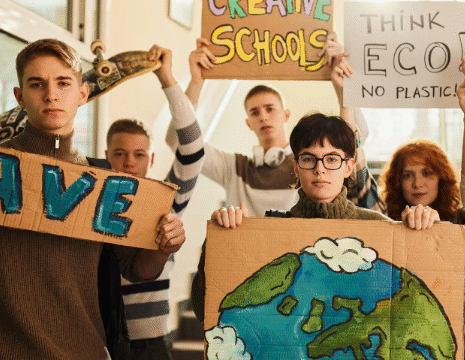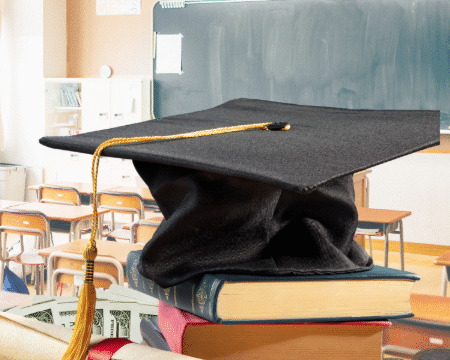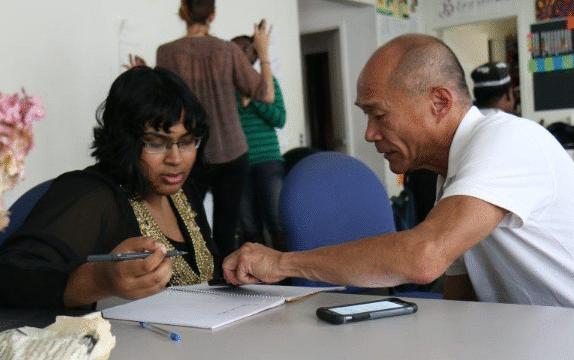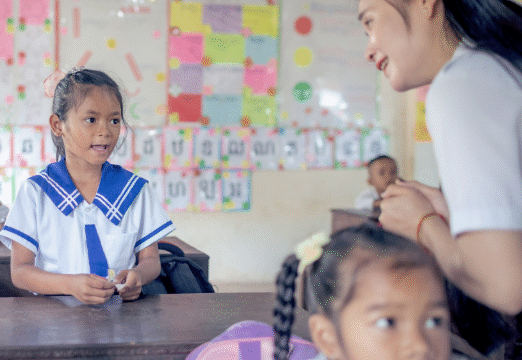Education has always been a bridge that connects people
to opportunities, but for many learners around the world,
language itself becomes a wall that prevents full participation
in the classroom. In today’s interconnected world, classrooms are more diverse than ever. Students often come from different linguistic backgrounds, and while diversity enriches the learning environment, it can also create challenges. Language barriers affect communication between students and teachers, limit access to resources, and sometimes even discourage children from reaching their full potential. The good news is that schools, educators, and communities are finding innovative and compassionate ways to overcome these obstacles, making learning more inclusive for all.
One of the most pressing issues students face when they encounter language barriers is the feeling of isolation. Imagine walking into a classroom where every instruction, every piece of written material, and every casual conversation is in a language you do not understand well. It is easy to see how a student might feel lost or excluded. This experience can undermine confidence, cause anxiety, and make it harder for learners to engage. Teachers also feel the strain because they want to help but sometimes lack the training or resources to fully support multilingual learners. Bridging this gap is not just about improving language proficiency, it is also about creating environments where every student feels seen, respected, and encouraged.
One powerful approach to overcoming language barriers is bilingual education. When schools provide instruction in both the native language of the student and the official language of the country, learners can progress academically while gradually strengthening their second language skills. Bilingual programs also validate a student’s cultural identity, showing them that their first language is not something to abandon but something to build upon. This sense of respect helps children feel proud of who they are, which in turn fosters confidence and motivation in their studies.
Another important strategy is the use of technology. Digital tools have made translation more accessible than ever. Simple applications on smartphones or tablets allow students and teachers to communicate across languages instantly. While these tools are not perfect, they can serve as bridges in moments of need. Beyond translation apps, educational software is increasingly offering multilingual options, so students can learn math, science, or history with explanations available in multiple languages. This reduces the risk of learners falling behind in core subjects simply because they are still mastering the language of instruction.
Teachers play a central role in bridging language barriers. Training educators in culturally responsive teaching methods can make a huge difference. For instance, teachers who encourage group work among students with mixed language abilities create opportunities for peer learning. Classrooms where gestures, visuals, and demonstrations accompany verbal instruction also help learners grasp concepts more quickly. Sometimes small adjustments, like slowing the pace of speech, repeating key points, or writing important words on the board, can significantly reduce misunderstandings.
Parents and families also hold an important piece of the puzzle. Schools that involve families in the educational process often see more progress in bridging language barriers. Parent workshops in multiple languages, translated newsletters, and community events where families share their cultures can strengthen trust and cooperation between schools and homes. When children see their families included and respected, they feel a stronger sense of belonging themselves.
Peer support is another powerful resource. Many schools have created buddy programs where students who are fluent in the instructional language pair up with newcomers still learning it. This not only helps the learner adjust academically but also fosters friendships that ease the social challenges of adapting to a new environment. These relationships remind students that they are not alone and that their classmates are partners in their educational journey.
The role of governments and educational policies should not be overlooked. Policymakers can support inclusive education by funding programs for English as a second language or equivalent language-learning programs in different countries. They can also provide resources for teacher training, curriculum development, and assessment methods that fairly evaluate multilingual learners. Ensuring that standardized tests and other evaluations do not disadvantage students simply because of language differences is crucial for giving all learners an equal chance to succeed.
Bridging language barriers in education also requires an attitude shift in society. Too often, linguistic diversity is seen as an obstacle rather than an asset. In reality, multilingual classrooms prepare students for a world where international collaboration is increasingly important. Students who grow up navigating multiple languages often develop stronger problem-solving skills, empathy, and adaptability. Instead of focusing only on the difficulties, communities can celebrate the unique perspectives and talents that multilingual learners bring.
In higher education, language barriers continue to present challenges but also opportunities for growth. Universities around the world are attracting international students, and with them comes the need for strong support systems. Language preparation courses, writing centers, and academic advising tailored for non-native speakers all contribute to student success. Professors who are mindful of diverse language abilities and who provide clear materials and inclusive participation opportunities help ensure that international students thrive. This investment benefits not only the learners but also the institutions, which gain richer cultural exchange and broader global perspectives.
It is also important to remember that bridging language barriers goes beyond formal schooling. Lifelong learning opportunities, vocational training, and community education programs can all play a role. Adults learning a new language while balancing work and family responsibilities face their own challenges, but they also benefit from inclusive approaches that respect their pace and background knowledge. Community centers, online platforms, and public libraries are increasingly offering resources that make language learning accessible for all ages.
Ultimately, bridging language barriers in education is about building a culture of empathy, inclusion, and collaboration. It requires the combined efforts of teachers, students, families, communities, and policymakers. It also requires patience, since language learning takes time, and every student progresses at a different pace. The reward, however, is enormous. When we ensure that language does not prevent a child from participating fully in their education, we open the door to opportunity, creativity, and growth for the individual and for society as a whole.
As classrooms continue to grow more diverse, the challenge of language differences will remain a constant reality. But it is also a chance to prove that education is truly universal. By embracing multilingualism, using innovative tools, and fostering supportive environments, we can transform language barriers from walls into bridges. In doing so, we create not just better learners, but also stronger communities that value understanding and connection across cultures.






